Sound: 









Value: 









(Read about our ratings)
These true wireless earphones cost $18.98 (all prices in USD). I bought them on Temu, along with two other pairs, for just over $60. I chose these because of how they look. I mean, obviously! Look at them! They’ve got little bear ears. I didn’t even notice until I received them that the front face rotates 360 degrees, revealing in turn a creepy smile face, an unhappy face, or the Onikuma logo. Rotate slightly more and it reveals the earbuds themselves. I’ve seen worse, and uglier, designs on mainstream products.
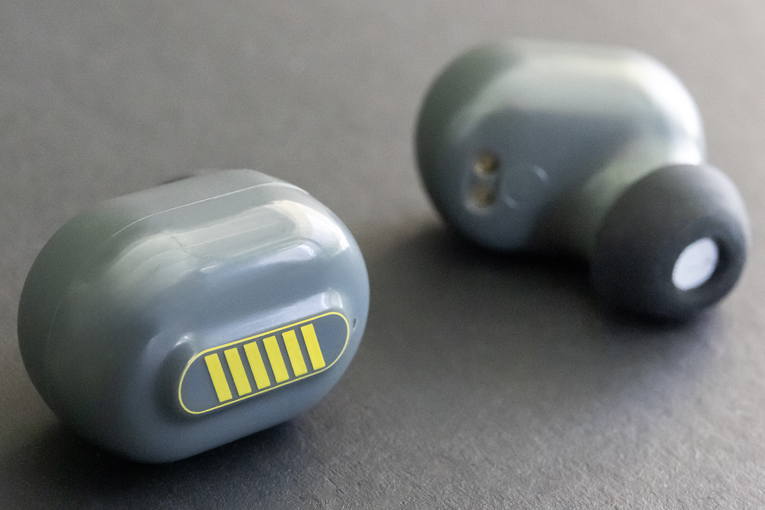
There isn’t much info on the Temu page, other than “Wireless version v5.3,” which is presumably Bluetooth 5.3. A claimed 25-hour battery life is almost certainly an exaggeration, though they lack noise canceling so they’re likely not terrible in terms of playtime. According to the info on the back of the bear-head case, it should be able to recharge the earbuds five times. The back also says “Cou rageous II space bear,” and the inconsistent kerning, or blatant typo, was shocking, absolutely shocking for true wireless earphones that cost under $20.
For a product that’s about as cheap as you can get for true wireless earphones, and one that features a fair amount of design work, you might be surprised to learn that actually, amazingly, the Onikumas don’t sound terrible. Well, not for $19 anyway.
In the box
In the box are silicone eartips that could best be described as “small” and “smaller,” a USB-A-to-USB-C charging cable, and a short metal chain with a clasp at the end so you can wear the case like a necklace. Which, admittedly, you absolutely should. The inclusion of additional eartips is actually rather impressive at this price. Many ultra-cheap true wireless earbuds have a design similar to AirPods, where they don’t go in your ear as much as they hang on the outside of it, and so don’t need or have eartips at all.
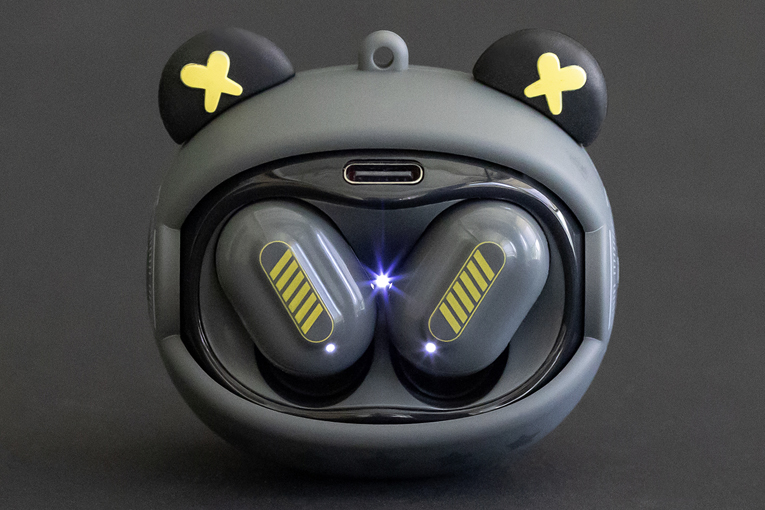
The box arrived, like the other two I purchased at the same time, with a sticker on the outside that resembled the nutritional info on a box of Pop Tarts. In this case it was manufacturing data, not sugar content, and it included the company behind the T20s: Shenzhen Oini Technology Co, LTD. All three of these Temu true wireless earphones were made in Shenzhen, but then so was the vast majority of the gear in your house.
Use
The T20 earbuds are quite tiny. If you have larger ears, they might be too small, and without larger silicone tips, you might have trouble getting a good fit. They secured well in my ears, and even did a reasonable job passively blocking out some ambient noise.
Like the more expensive Mgall MG-C03 earbuds I mentioned in the main story, these refused to reconnect to my Pixel 7. I had to manually connect them via the Bluetooth menu every time. This had something to do with my phone running the latest version of Android (14), some oddity with the Pixel itself, a combination of both, or neither. They’d reconnect to my Sony NW-A306 just fine, which runs Android 13.
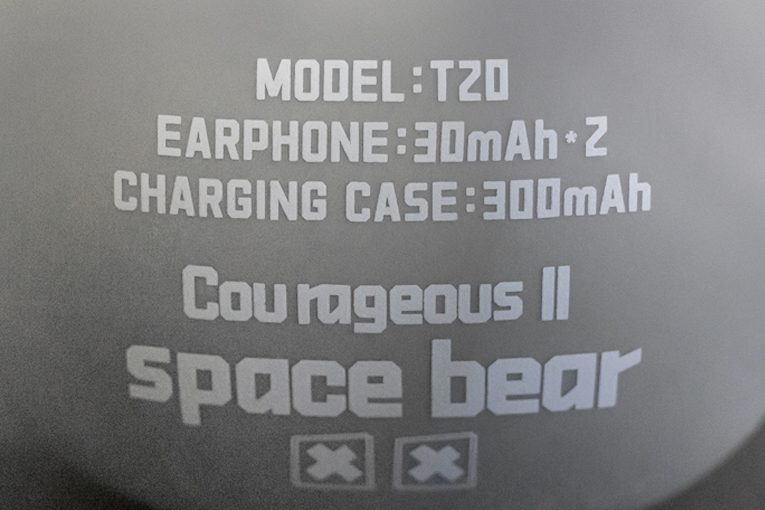
In yet another surprising aspect, there are actually buttons on the earbuds. These function like any other true wireless earbuds, letting you change tracks, answer calls, and turn them on and off. The latter happens too easily, requiring you to power them back on and wait for them to reconnect (which they do sometimes). You can even change the modes between Game and Music. The former sounds really bad. The latter, however . . .
Sound
At risk of damming the T20s with faint praise, they are exceedingly not bad. They have a very lumpy frequency response, with a fair amount of thump, an overabundance of upper midrange, and a touch of treble. Their biggest issue overall is a severe lack of volume. Turned up all the way they manage a reasonable listening level in a quiet room. I’d be shocked if you could hear them at all on a subway or plane.
With “Blinding Lights” by The Weeknd (After Hours, 24-bit/44.1kHz FLAC, Republic Records / Qobuz), the main focus was the electronic snare snap, snap, snapping in a fight with his voice for dominance. There was some sizzle to the snare that would be unpleasant at higher volumes. Fortunately, the Onikumas aren’t capable of higher volumes. There was a reasonable amount of bass. It didn’t extend very deep, but there was enough to carry the beat.
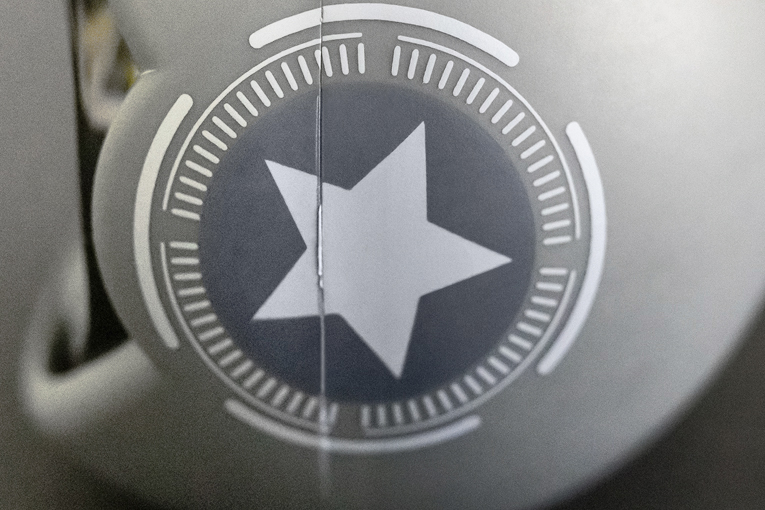
The T20s didn’t do nearly as well with “Bliss” by Muse (Origin of Symmetry, 24/96 FLAC, Warner Music Group / Qobuz), devolving into a cacophonic mess. Despite their lack of volume, I turned the T20s down with this track. This song is every bit the deluge of early 2000s sound you’d want from Muse, and amazingly, Matt Bellamy’s voice doesn’t get lost in that flood. However, the worst aspects of the T20s’ sound were accentuated by the mix. It’s not noise, but it’s not pleasant to listen to either. It’s like a single-driver Bluetooth speaker circa 2012.
Comparison
I compared the T20 earphones to the other Temu finds. They were the best of the bunch, which isn’t a huge compliment. But they were definitely the least objectionable, which is also not a huge compliment. They’re OK. That’s the best you’re going to get out of me.
I cued up Dire Straits’ “Sultans of Swing” (Money for Nothing, 24/96 FLAC, Rhino Entertainment / Qobuz). All three had too much upper midrange, causing percussion to be far louder than it should be. John Illsley’s bass on the T20s was still part of the mix. Through the Mgall MG-C03 earphones, it was almost an afterthought, with the vast majority of the acoustic energy devoted to the mids and upwards. With the SCE X37 earphones, the treble was quite rolled off, leaving just the mids and some bass. While not sounding the “best,” the X37s are probably the easiest to listen to, with the least spikey upper-midrange of this group.
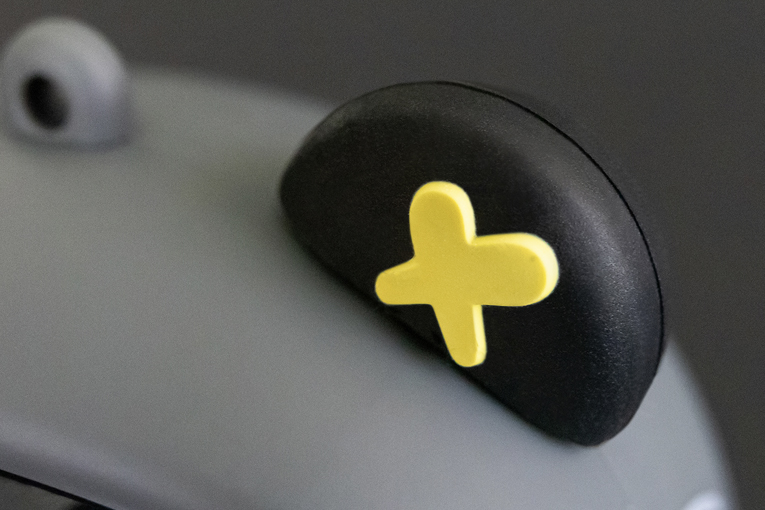
With Norah Jones’s “Running” (Visions, 24/96 FLAC, Blue Note / Qobuz), the T20s had by far the most bass of the three. It was a little boomy and lacked definition, but it was fine considering the price. The X37s added a bit of a cupped-hands effect to the vocals. Their bass was, in some ways, better than the T20s, with a little less intensity and slightly better control. It didn’t extend as deep, however. The Mgalls did their best impression of a 2.1 system without the “.1” part. Their treble-heavy sound over-accentuated the breathiness in Jones’s voice, adding some harshness as a bonus.
If you can get a good seal, the T20s have the most bass of this bunch, if that’s what you’re looking for. Their sound, overall, isn’t bad and is far more consistent than the X37s. The Mgalls are just too treble-heavy for my liking, and I think even treble fanboys would find it hard to justify their overly bright sound.
Conclusion
How do you judge a product that costs a fraction of even the average budget option? Twenty bucks buys you a meal at a cheap restaurant these days. The T20s worked far better than I expected. I chose them because they had a cool look. I have no idea if their sound was accidental or by design. Since they’re not particularly loud and are super cheap, they’d work great as a gift for the young (or formerly young) emo kid or skater punk in your life. I’ll call “not bad” a win for $20 any day.
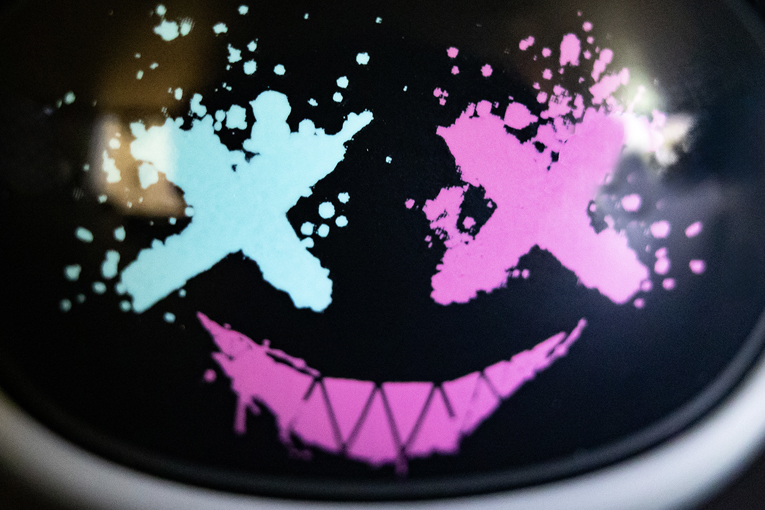
Lastly, it’s worth noting these are also available on Onikuma’s website for $59.99. Not sure they’re worth that, but you do seem to get a one-year warranty. According to the photos, that gap in “courageous” is still there though.
. . . Geoffrey Morrison
Associated Equipment
- Smartphone: Google Pixel 7.
- Portable media player: Sony NW-A306.
Onikuma T20 True Wireless Earphones
Price: $18.48.
Warranty: One year (but only when bought on Onikuma’s website).
Onikuma
(address unknown)
Website: www.OnikumaGaming.com




